Vlăduţ’s Stories – Bran Castle, between myth and history
Some stories turn into reality in time. Starting from a subtle shade of history, combined with the overflowing imagination of a writer, a documentation of folklore and a European editorial style which keeps the reader on the edge of his seat, we come to see that a novel written more than a century ago manages to sustain tourism in Romania, in an area which is considered as beautiful as it is mysterious.
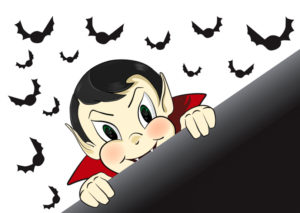 Dear friends, I am Vlăduţ, a funy little vampire, descendant of the well known Count Dracula … well, this is what he’s called here. My ancestors were fearless knights, who ruled this place called Transylvania for centuries – a beautiful, mystical, land full of history. Some think this place is full of bloodthirsty vampires, but it is not so. I am the only vampire left and I replaced blood with … chocolate. In fact, my ancestors were never as bad as they say. My story will accompany you in places where history merged with legend, giving rise to unseen and unheard things. And where else should we start this story if not Bran Castle, the most famous place of Transylvania?
Dear friends, I am Vlăduţ, a funy little vampire, descendant of the well known Count Dracula … well, this is what he’s called here. My ancestors were fearless knights, who ruled this place called Transylvania for centuries – a beautiful, mystical, land full of history. Some think this place is full of bloodthirsty vampires, but it is not so. I am the only vampire left and I replaced blood with … chocolate. In fact, my ancestors were never as bad as they say. My story will accompany you in places where history merged with legend, giving rise to unseen and unheard things. And where else should we start this story if not Bran Castle, the most famous place of Transylvania?
Dracula is mistaken for Vlad Țepes, the ruler of Wallachia, and the only thing they have in common with Bran Castle is that he was kept prisoner here for two months by the Hungarian king Matthias Corvinus. The name Dracula comes from Vlad the Impaler, who used his father’s name to sign, who used to be a member of the Order of the Dragon, an order of Crusaders (Societas Draconistrarum, in Latin), the Romanian being Drăculea – son of Vlad Dracul, father.
In the whole world, Bran Castle is considered the land of Dracula and Transylvania a realm associated with magic and vampires mostly, Eastern Europe being famous for its mysterious air. Foreign tourists visiting the castle are more interested in vampires and a possible clue about Dracula rather than history, while only some of the Romanian tourists are aware of the confusion created by a famous novel, which described a castle which was later found to be the Bran castle.
- Muzeul din curtea exterioră
- Muzeul din curtea exterioră
- Castelul Bran
- Scara secretă
- Muzeul din curtea exterioră
- Interiorul castelului
- Vedere din turn
The castle is worth visiting, not only because of the legend created around this novel but especially because of its long history. Built on a rock, it has a tremendous air of Gothic style, typical of the times it was made. Started in 1211 by the Teutonic Knights, its construction resumed in 1377, when King Louis I of Hungary allowed the Saxons from Brașov to build a new fortress, completed in 1388, having the role of both customs and fortress at the Eastern border of Transylvania.
Over time, the castle has earned its place in history, witnessing bloody events that propelled it in the legends created by novelists starved of the sensational. It was actually a bulwark against the expansion of the Ottoman Empire, the Turks being defeated by Hunyadi right here at Bran. Its recent history is closely related to Queen Mary – in 1920, the castle was donated to the royal family, as a sign of appreciation for the accomplishment of the Great Union.
Restored and well preserved, visited by over half a million tourists per year (the figures for 2015 being around 630,000), the castle fits perfectly in the landscape of the dreamlike area-Bran Moeciu. If you take out of the context the crowded fair at the root of the monument, but where you can find quality products at reasonable prices, if you have enough patience and an eye for such things, like embroidered Romanian traditional blouses or other good quality fabric, plus the gastronomy which is about the bellows cheese wrapped in pine bark and smoked bacon, and you avoid being accommodated right in the town center, the successful trip is guaranteed.
- Interiorul castelului
- Terasa
- Castelul Bran
- Dormitorul regal
- Vedere de pe terasă
- Element decorativ
- Interiorul castelului
- Turnul
I wonder if Bram Stoker had in mind, when he finished writing the novel Dracula in 1897 in England, that Bran Castle would make a pole of the Romanian tourism. There are remnants of ancestors – the vampires are blood oriented, but their guests in Transylvania enjoyed culinary feasts which Bram Stoker gave a medieval air with an authentic flavour, describing them in detail: “where else could one eat a very tasty paprikas, a kind of cornmeal porridge, stuffed eggplant or “robber’s steak”- pieces of bacon, onion and beef prepared with paprika- roasted in fierce fire … if not in Transylvania?”
Commercial or not, this story works, and those who come across foreigners who want to visit Romania know this best, one of the first questions being: we’re visiting Dracula’s castle as well, right?
I now invite you to visit Bran Castle and know the true history of this place, as it was made by my ancestors, ignoring the queue at the entrance, starting from the early morning and where you can listen to all the languages of the world. Start with a stroll through the gardens at the root, have a tour of the Village Museum, then enter the castle. Walk slowly, as the hallways and the rooms are many and intricate. You will discover the music room and the library, then the royal rooms, a painted door in Biedermeier salon, the secret stone staircase, the royal bedrooms, the loggia where you can rest and admire the courtyard and the fountain from above … and if you enjoyed it, I will gladly take you next time to other beautiful places in Transylvania, to discover together an authentic realm, beyond the twisted tales in novels.
- Vlăduț’s Story
- Vlăduț’s Story
- Vlăduț’s Story
- Vlăduț’s Story
- Vlăduț’s Story
- Vlăduț’s Story
- Vlăduț’s Story
Article supported by Romanian Art & Craft. Vlăduţ’s Story products can be bought online or in Best Value commercial galleries from Henri Coandă – Otopeni, Timișoara, Cluj, Craiova, Constanța airports and in Art & Craft shops in Sibiu and Târgu Mureș airports.


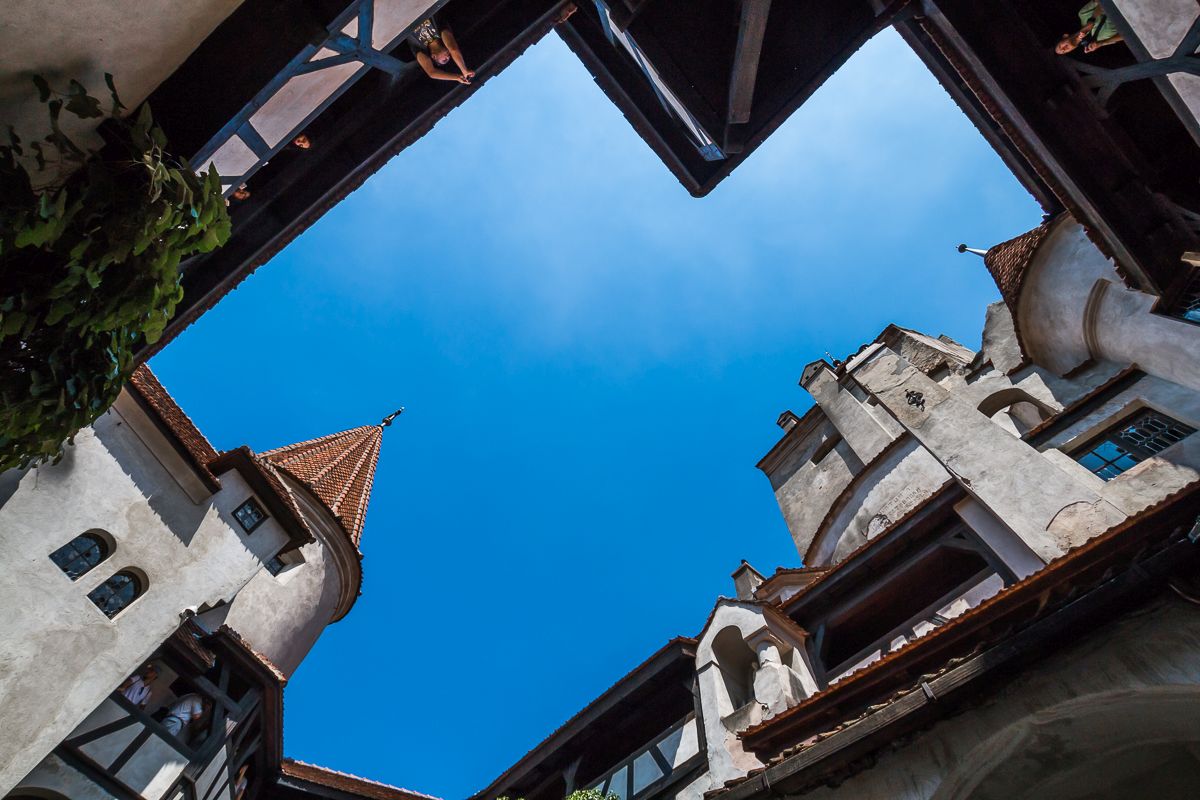





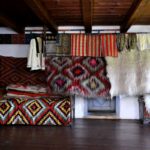
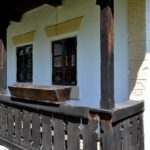
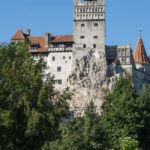
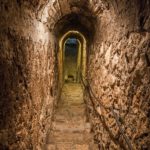
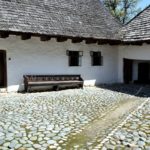
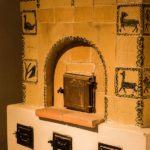
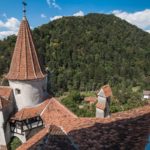
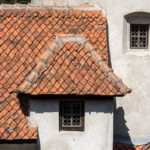
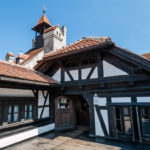
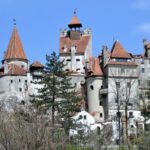
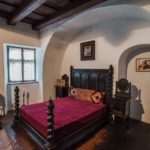
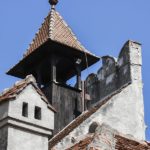
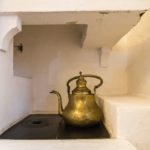
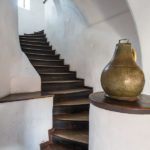
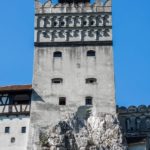
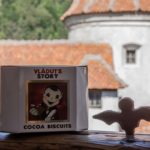


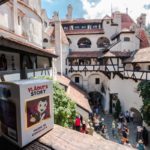
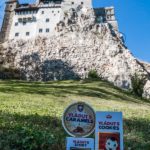
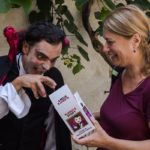
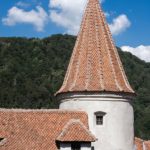



Îţi doreşti o vacanţă de iarnă de poveste ? Vino de sărbători în Maramureş 🙂
#Crăciun #Revelion2017 #vacanta #ta #geniala
http://www.genialtour.ro/fisiere/Craciun_Revelion_2017_Maramures.pdf